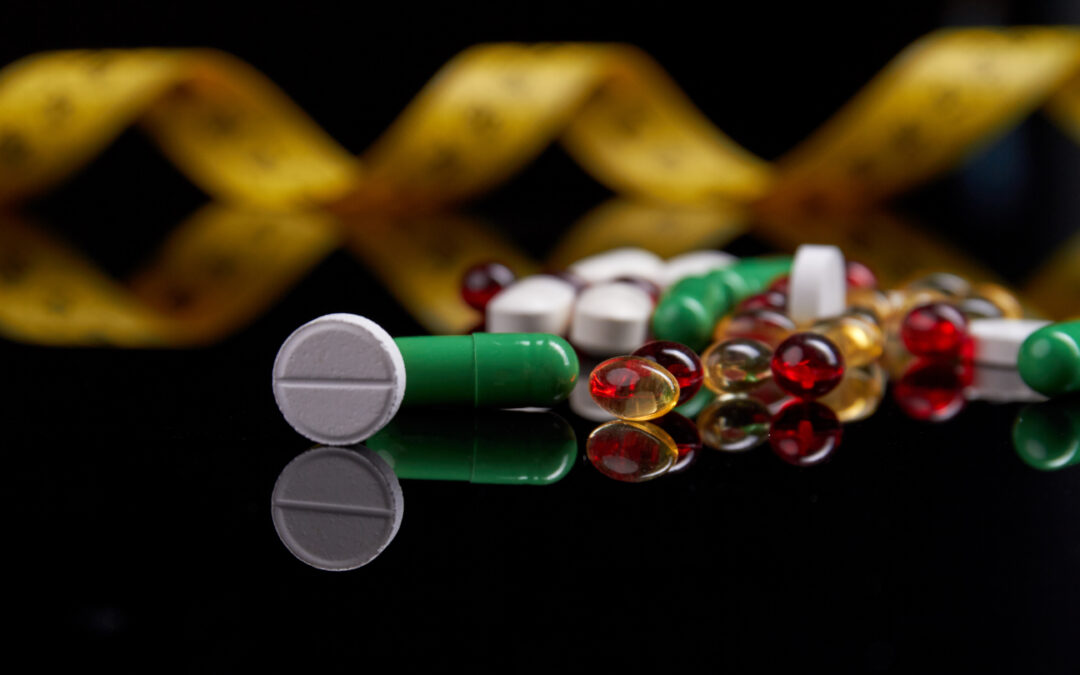Introduction
Drug Product Quality is a term one should be familiar with as part of routine drug development and manufacture.
Recently while working with a small pharmaceutical company and their contracted development organization, an Incident Report documented the conduct of some testing that was not performed according to the prescribed method and its possible impact on Drug Product Quality.
The Incident Report stated that there was a failure for one of the specifications on stability due to improper performance of its analytical method and that there is no risk to product quality or patient safety as stability testing does not directly affect product quality. However, stability testing does monitor product quality and provides understanding of how a finished pharmaceutical product may perform under various environmental factors, such as temperature and humidity.
This seems to be an odd statement as drug product stability is an element of drug product quality and an important consideration that determines whether the drug product meets its specifications throughout its defined shelf-life.
Drug Product Stability
Drug Product Stability is one of the main focuses in formulation development, manufacture, and extemporaneous compounding.
Stability is a broad concept, including chemical, physical, and biological considerations. It is essential to understand the interplay of these attributes in formulation development and manufacture.
According to the ICH Guidance for Industry Q1A(R2) Stability Testing of New Drug Substances and Products, November 2003, Section 1 C – General Principles, Page 3, the purpose of stability testing is to provide evidence on how the quality of a drug substance or drug product varies with time under the influence of a variety of environmental factors, such as temperature, humidity, and light, and to establish a retest period for the drug substance or a shelf life for the drug product and recommended storage conditions.
According to the USP Chapter 1191, stability is defined as the extent to which a product retains, within specified limits, and throughout its period of storage and use (i.e., its shelf-life), the same properties and characteristics that it possessed at the time of its manufacture. Stability testing is conducted to provide evidence on how the quality of a drug substance or drug product varies with time under the influence of environmental factors such as temperature, humidity, and light. The purpose of stability testing is to establish a shelf life for the drug product and recommended storage conditions .
Guidelines for stability testing on drug substances or drug products, as provided by the International Conference on Harmonization (ICH) in Q1A (R2) guidelines and the World Health Organization (WHO) in TRS1010 Annex 10, the analytical methods should be reliable and ‘stability-indicating’ to demonstrate the stability of a drug substance or drug product under the influence of a variety of environmental factors.
Product Quality
One definition of Product Quality is that it is the collection of all the features and characteristics of a product that contribute to its ability to meet the customer needs and requirements. It is the ability of the product to fulfil what the end user wants and perceives as value.
In essence, product quality refers to how well a product satisfies customer needs, serves its purpose and meets industry standards. When evaluating product quality, businesses consider several key factors, including whether a product solves a problem, works efficiently or suits customers’ purposes. Companies may also evaluate product quality based on various perspectives that show how different groups perceive the usefulness of a product. This may include customer, manufacturing, product-based and value-based, and transcendental perceptions which consider a product’s value in relation to its cost.
Product quality is important because it affects the success of the company and helps establish its reputation in customer markets. When companies can create high-quality products that continue to meet customer demands, it can lead to fewer production costs, higher investment returns and increases in revenue. Quality products provide customers with safe, effective ways to solve their problems.
The assumption is that a product will meet the customer’s requirements throughout its defined self-life. Thus, stability testing of a drug product with appropriate methods is an important element in determining the suitability of a product to meet it intended application.
Summary
Drug Product Stability is a crucial quality attribute not only determining efficacy of the drug product but also the safety of patients. Stability testing is a regulatory requirement for drug substances and drug products. The expectation is that drug product stability is performed according to well defined and validated analytical methods.
References
ICH Q1A(R2) Stability Testing of New Drug Substances and Products, November 2003
ICH Q8(R2) Pharmaceutical Development, May 2014
US Code of Federal Regulations Title 21 Chapter 1 Subchapter C Part 211 Subpart 211.166 Stability Testing
USP 43 General Chapter 1150 – Pharmaceutical Stability
USP 43 General Chapter 1191 – Stability Considerations in Dispensing Practice
World Health Organization (WHO) TRS1010 Annex 10 – Stability testing of active pharmaceutical ingredients and finished pharmaceutical products


